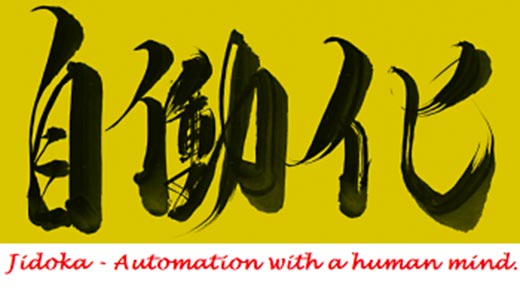The world first became aware of the Toyota Production System (TPS) when Taiichi Ohno published a book about his groundbreaking efforts at Toyota. It was published in Japan in 1978. The Japanese version of his book wasn’t translated into English until 1988. Because 10 years had passed, this translation did not fully communicate the nuances of Ohno’s vision. The direct translation into English does not communicate the depth hidden within Ohno’s choice of words.
|
ADVERTISEMENT |
Ohno was very specific in his use of language. He did this to express to his trainees the intent, sequence, and purpose of each TPS principle and method. Some important concepts, such as the spirit of kaizen, were not even mentioned in his original book. I am writing this to communicate what has been lost in translation based on a number of unpublished lessons from Taiichi Ohno and what I have learned from those who have continued to evolve TPS beyond Toyota after 1979. (More on the TPS beyond Toyota.)
…

Comments
PDSA
Excellent article with a lot to think about!!
Dr. Deming used PDSA where the "S" stands for Study. The expectation is to study the method of the trial, experiment or test. Was the "Do" done as expected? So many people assume Check or Study is only of the output from the Do. But study also includes an analysis as to whether the test or trial was performed as designed or not. The Scientific Method includes this also. Was the experiment performed as designed? If so, then we can study the resutls or output of the experiment.
I think "Study" or PDSA aligns more with looking at the "Surface" and "Target" state.
Thank you, Dirk
Add new comment